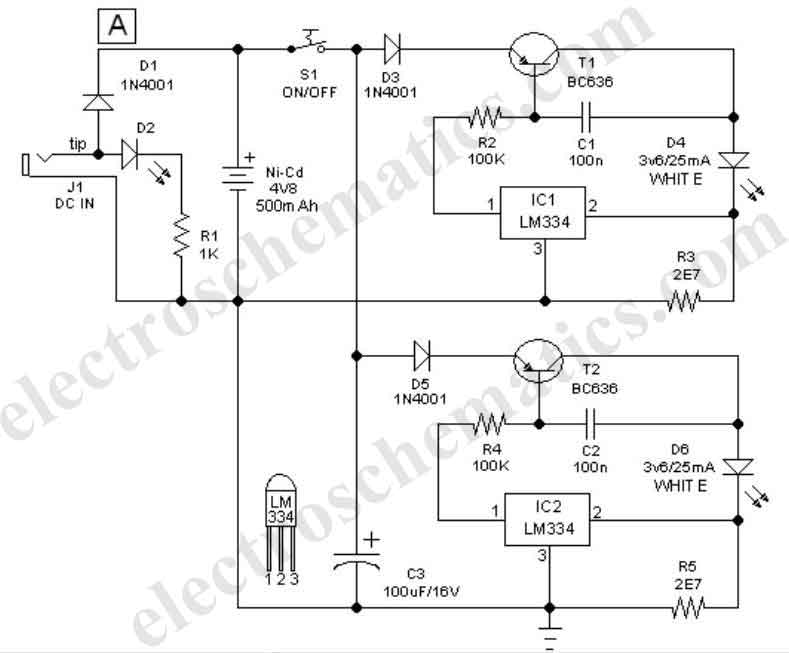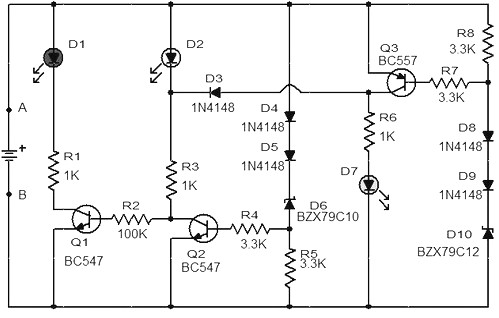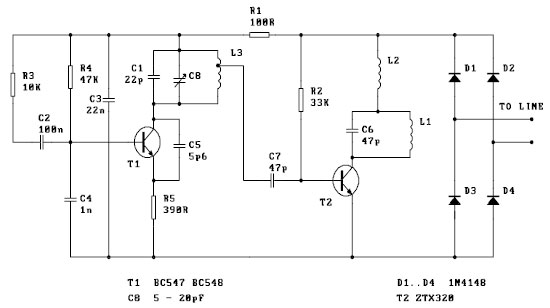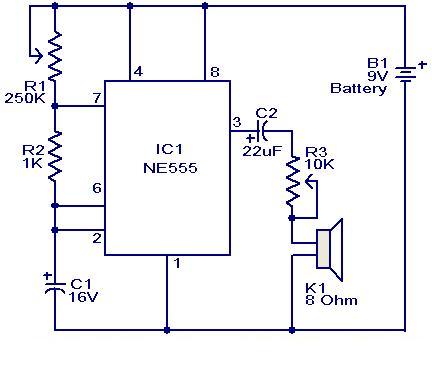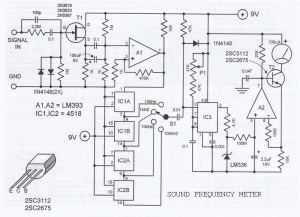
XTR105 RCV420 composed of 12V power transmission reception circuit diagram of the ring
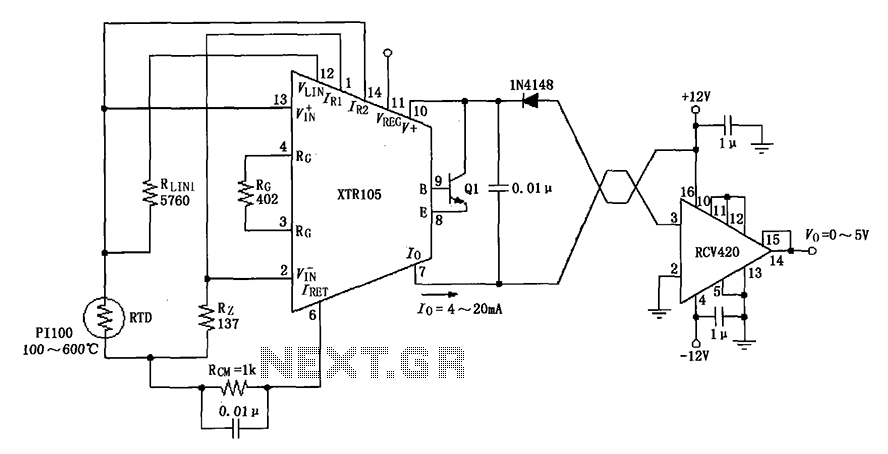
The circuit utilizes a Pt100 type resistance temperature detector (RTD). It operates within a temperature range of 100 to 600 °C, where the XTR105 outputs a current of 4 to 20 mA, and the RCV420 provides an output voltage of 0 to 5 V. The figure illustrates the two-wire RTD connection; for remote RTD applications, a three-wire RTD configuration is recommended, with RG set to 383 and RLIN2 to 8060.
The described circuit employs a Pt100 RTD, which is a type of temperature sensor that provides a resistance of 100 ohms at 0 °C. As the temperature increases, the resistance of the RTD correspondingly increases, allowing for precise temperature measurements. The XTR105 is a current output signal conditioning device that converts the resistance change of the RTD into a proportional current output. The specified output range of 4 to 20 mA is standard for industrial applications, allowing for easy integration into control systems and providing a robust signal that is less susceptible to noise over long distances.
The RCV420 is utilized to convert the current signal from the XTR105 into a voltage output, specifically ranging from 0 to 5 V. This voltage output can be easily interfaced with various data acquisition systems or controllers, facilitating real-time monitoring and control of temperature.
The schematic indicates a two-wire configuration for the RTD connection, which is common in many applications. However, for remote sensing applications, a three-wire configuration is recommended to compensate for lead resistance, which can introduce measurement errors. In this setup, RG is specified as 383 ohms, and RLIN2 is set to 8060 ohms, which are likely used for balancing the circuit and ensuring accurate readings by minimizing the impact of lead resistance.
Overall, this circuit design is aimed at providing accurate temperature measurements in a wide range of industrial applications, ensuring reliable performance and ease of integration into existing systems. As shown in FIG, RTD using Pt100 type thermocouple. When the temperature is 100 ~ 600oC when, XTR105 output current 4 ~ 20mA, RCV420 output voltage of 0 ~ 5V. The figure for th e two-wire RTD connection, if for remote RTD, recommends a three-wire RTDs connected, RG is 383, RLIN2 to 8060 .
The described circuit employs a Pt100 RTD, which is a type of temperature sensor that provides a resistance of 100 ohms at 0 °C. As the temperature increases, the resistance of the RTD correspondingly increases, allowing for precise temperature measurements. The XTR105 is a current output signal conditioning device that converts the resistance change of the RTD into a proportional current output. The specified output range of 4 to 20 mA is standard for industrial applications, allowing for easy integration into control systems and providing a robust signal that is less susceptible to noise over long distances.
The RCV420 is utilized to convert the current signal from the XTR105 into a voltage output, specifically ranging from 0 to 5 V. This voltage output can be easily interfaced with various data acquisition systems or controllers, facilitating real-time monitoring and control of temperature.
The schematic indicates a two-wire configuration for the RTD connection, which is common in many applications. However, for remote sensing applications, a three-wire configuration is recommended to compensate for lead resistance, which can introduce measurement errors. In this setup, RG is specified as 383 ohms, and RLIN2 is set to 8060 ohms, which are likely used for balancing the circuit and ensuring accurate readings by minimizing the impact of lead resistance.
Overall, this circuit design is aimed at providing accurate temperature measurements in a wide range of industrial applications, ensuring reliable performance and ease of integration into existing systems. As shown in FIG, RTD using Pt100 type thermocouple. When the temperature is 100 ~ 600oC when, XTR105 output current 4 ~ 20mA, RCV420 output voltage of 0 ~ 5V. The figure for th e two-wire RTD connection, if for remote RTD, recommends a three-wire RTDs connected, RG is 383, RLIN2 to 8060 .
